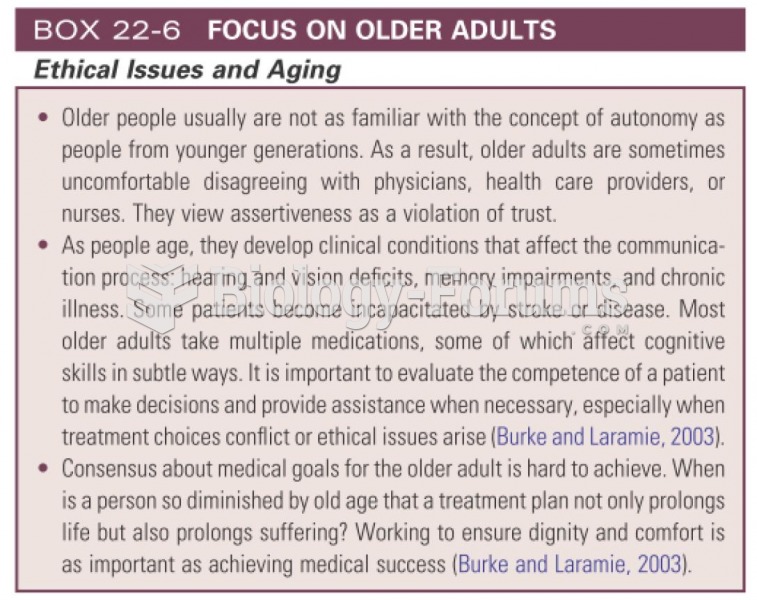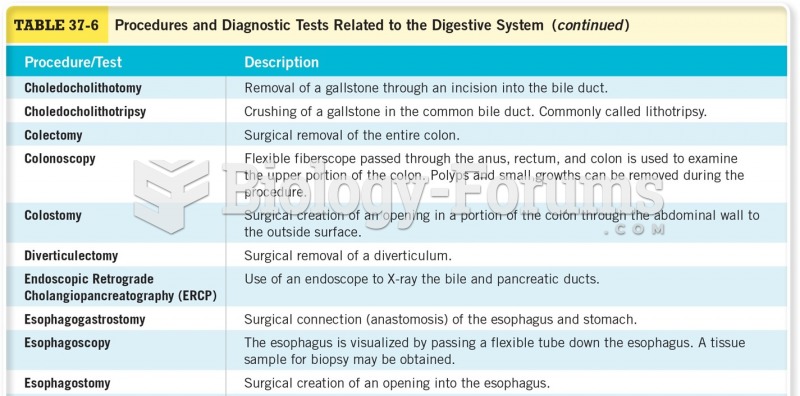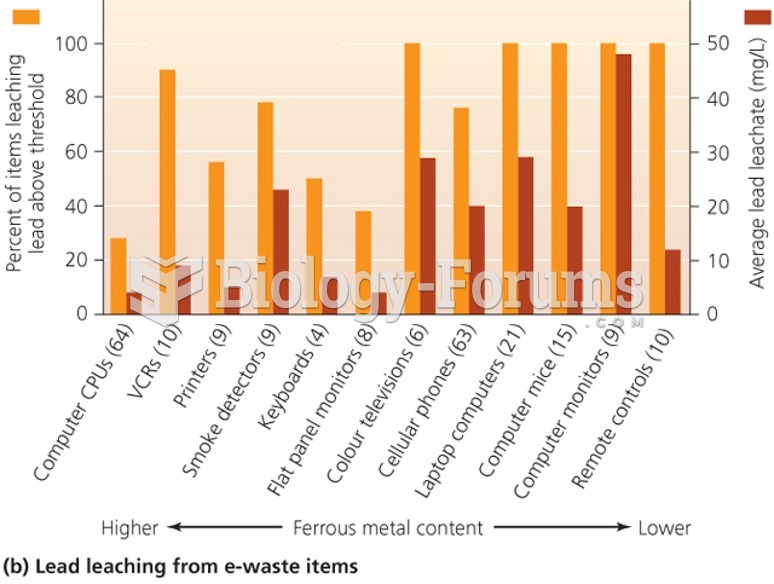Answer to Question 1
Some of the issues related to the disposal of various types of waste in the United States are as follows:
Radioactive wastes: The United States now has more than 100 nuclear power plants and plans to build more in the future. A danger is that nuclear power plants generate radioactive nuclear wastes, and disposing of radioactive wastes is a complex problem. In large doses, radiation from these wastes can cause death; small doses may lead to cancer or birth deformities. These wastes are particularly hazardous because they remain radioactive for as long as 300,000 years. The Nuclear Regulatory Commission has considered various proposals for disposing of these wastes: firing them into space by rockets, burying them at sea, burying them in solid rock formations, and burying them in the deepest abandoned mines that can be found. An ultimate solution has not as yet been found. Such wastes are now generally put in concrete tanks and buried. A serious danger is that these tanks are built to last only for a couple of hundred years, not for the needed thousands. Radioactive wastes remain boiling hot for years. Leakage from some of these waste tanks has already occurred. In 1974 one leaked for 51 days and raised the radiation count substantially above the minimum acceptable levels.
Solid waste disposal: So much public concern is focused on radioactive waste disposal that people sometimes overlook another serious disposal problem: good old-fashioned trash. Each year Americans junk billions of tons of wastes: food, glass, paper, plastics, cans, paints, dead animals, abandoned cars, old machinery, and a host of other things. The United States are often referred to as a consumer society. More accurately, it is a throwaway society. Solid wastes are ugly, unpleasant, and odorous. They pollute water that circulates through them and provide breeding grounds for rats and other noxious pests. The two principal methods of solid waste disposal are landfills (that is, burying in the ground) and incineration. Many garbage-dumping areas, particularly in small towns, do not meet the sanitary standards set by the federal government. In addition, improperly designed municipal incinerators are major contributors to urban air pollution.
Toxic Wastes: Toxic wastes, or residues, are a major problem. Toxic wastes result from the production of pesticides, plastics, paints, and other products. These wastes have typically been buried in pits or ditches. The famous case of Love Canal, near Niagara Falls, arose when toxic residues that had been dumped into the unfinished canal seeped into the surrounding area and contaminated both the soil and the water.
Answer to Question 2
b







